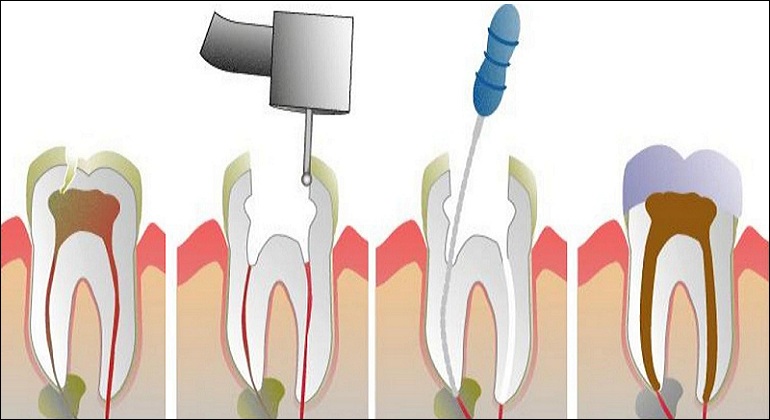
Saving your teeth :
When a tooth decays becomes so deep and it reaches the nerve inside the tooth, it can become infected. Endodontic treatment, commonly known as a root canal treatment(RCT), removes the infection and fills in the root to prevent further damage. This page answers commonly asked questions about this procedure.
Why is it urgent to treat this so quickly?
Timing is important in root canal treatment. Regular cleaning checkups can help detect and address tooth and root decay. If your dentist recommends a root canal, the best course of action is speedy treatment. An infection in the root, left unchecked, can move from the tooth pulp into the surrounding tissue and grow into an abscess, causing enough damage to destroy the tooth.
Will it hurt?
Just as with a regular dental filling, the treatment location will be numbed with local anaesthetic, so you will not feel the procedure. Your mouth may be sore afterward just as with a regular filling, but once it subsides your tooth will be healing and on its way to more comfort.
What exactly happens during a root canal?
A root canal treatment removes an infection from deep within the tooth tissue. This is a complex procedure sometimes requiring multiple visits. During the first visit, the dentist will carefully clean out the root canal and removes all infected pulp and drain any abscesses from surrounding tissue. The resulting space is carefully shaped in preparation for root filling material. Although the tooth needs time to settle before a permanent root filling, the space is filled for now with a temporary dressing.
At the next visit, the tooth will be inspected for remaining signs of infection. Assuming it has all cleared up and all swelling and infection is sufficiently cleared, the dentist will place the permanent root filing at this time.